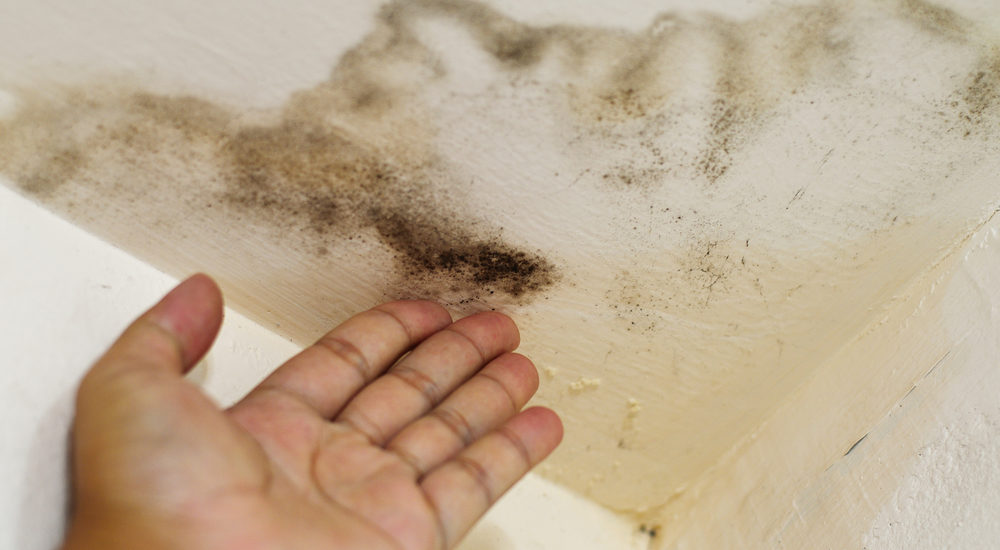
Attic Condensation: What You Need to Know
We’re in a season where the weather gets cold and then colder. If you were in the Midwest earlier this week, the temperatures were SO COLD that many schools canceled and mail service was paused.
When it comes to roofing, extremely cold air is the perfect storm for attic condensation.
In this article, we will talk about what it is, how it forms, how to remediate it, and how to prevent it in the future.
What is Attic Condensation?
Attic condensation is when moisture-laden air rises from the home and creeps into the attic. This is especially true in areas where the weather fluctuates (cough*Nebraska*cough) and goes through seasonal weather changes.
What it may look like, however, is a leaky roof. While that may be the case, oftentimes people don’t realize that it could be from attic condensation. So if you see spots in your ceiling, you can’t immediately conclude it’s from a leaky roof.
Read below to see how attic condensations forms and gives the appearance of a leaky roof.
How Does Attic Condensation Form?
This is a question we often get asked from homeowners. The most obvious culprit is when homeowners have whole-house humidifiers and they don’t adjust the settings accordingly.
When the weather drops well below freezing, it’s always a good idea to check your humidity setting. Most humidifiers have recommended levels that are able to preserve wood flooring and furniture and not exacerbate attic condensation.
You may start to notice when moisture forms around doors and windows as a first warning. There is too much moisture within the home that isn’t being properly exhausted. Over time, this trapped moisture will make it’s way up into the attic and gravitate towards your roof decking and nails.
Frost and icicles forming in your attic is not a good sign. Why? The moisture is trapped there and will eventually melt. That melted ice will drip into your ceilings and form water spots. Not to mention, some will pool around the roof decking and insulation which is a breeding ground for mold.
How To Remediate Attic Condensation?
Once you see spots on your ceiling, one of your first calls should be to a roofing contractor. The roofer can inspect first and foremost if it is a leak or if the stain is a result of attic condensation.
If it’s diagnosed as a problem related to attic moisture, we have to assess the severity of the damage.
It may be as simple as sealing vents, painting with Kilz paint, and ensuring you adjust your humidifier. Prolonged damage may require replacing your insulation after all the symptomatic problems are fixed.
A roofing company should be able to track and diagnose the situation and recommend a fix.
How to Prevent Attic Condensation?
Moving forward, you should have a good idea of necessary steps to prevent future attic condensation. This includes:
- Check Humidity Settings- It’s important to keep an eye on your humidifier settings as the outdoor temperatures significantly change. Some people even recommend turning it off altogether (even if only temporarily).
- Seal Off Attic Bypasses- Vents, recessed lights, or plumbing are some examples of air leaks that need to be sealed.
- Proper Ventilation- This includes turning on bathroom and kitchen vents when moisture is present.
There are potentially more issues to look at, but it really depends on the home.
Summary
If you think you have potential attic condensation, give us a call for a FREE inspection at (402) 889-3381.
More questions? Shoot us an email at contact@mutualroof.com
[…] you read our previous article on attic condensation, it’s actually https://mutualroof.com/2019/01/31/attic-condensation/an internal humidity and ventilation issue. Our goal would be to reduce humidity (ie turn down house […]